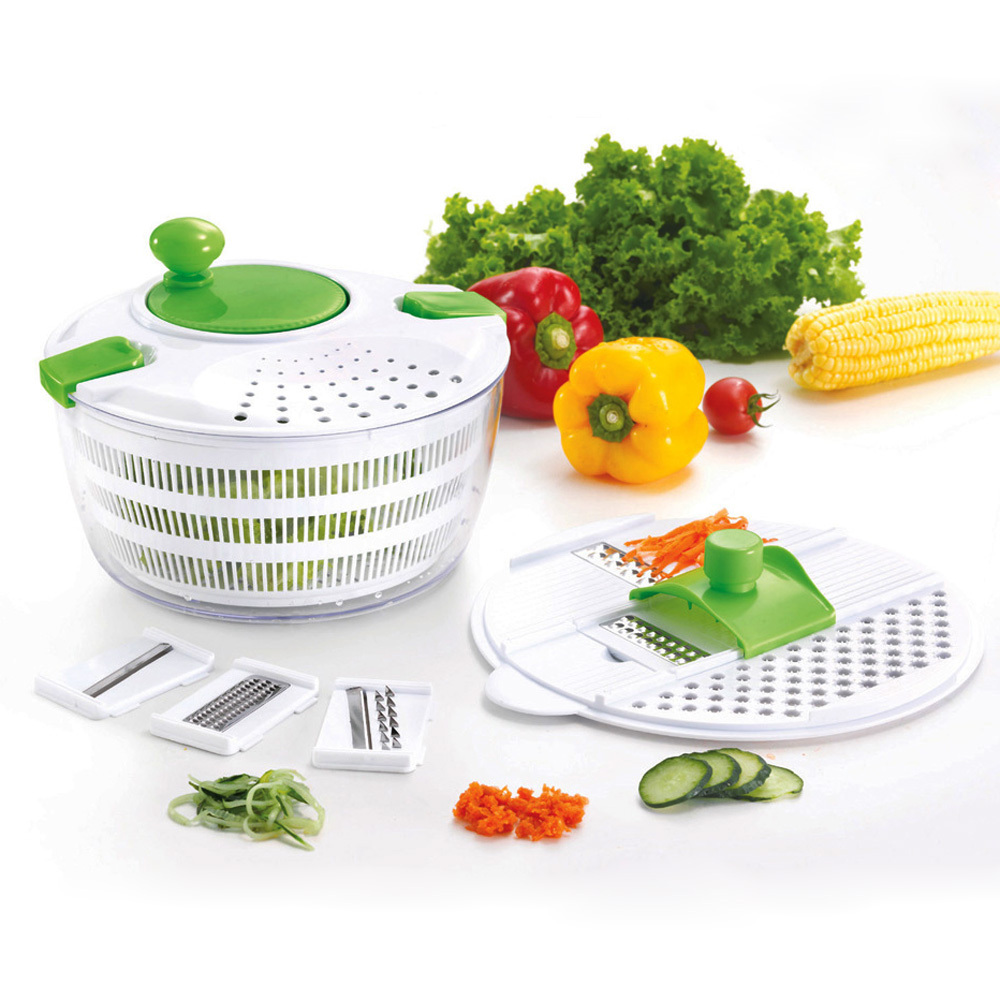Anthony Mike blogs
Food dehydrator with recipes
For many people the health benefits of eating dehydrated foods may be offset by the perceived hassle of dehydration. Dehydrators are expensive, and dehydrated foods at the grocers can come with a heavy price tag. There are surprisingly simple ways to dehydrate food at home, with very little effort, and without an best food dehydrator 2015.
In the Oven: Start your oven at the lowest possible setting. Place the raw foods in a non-stick oven-ready pan or container. Put the pan in the oven, and keep the door open. Use a kitchen fan to keep the air flowing and avoid condensation. Be aware that an oven is more powerful than a dehydrator, so you may need to dehydrate for considerably less time.
In a Toaster Oven: If you own a toaster oven, place the foods you want to dehydrate on a plate in the oven. Set the toaster oven to the lowest possible setting. Prop the door open, and again, use the fan to avoid condensation. To dehydrate by toaster oven will probably take less time than a dehydrator, but more than a toaster oven, so you may need to keep an eye on it the first few times you try it!
Some people may find the idea of eating dehydrated food less than appetizing, in spite of the health benefits and the added cost effectiveness of eating raw. Here is a list of simple, delicious recipes to try at home to get you started on your raw food journey.
Instant mashed potato flakes
Mashed potatoes are good with everything, and instant mashed potatoes can be expensive. These potato flakes can last up to six months to flavor or thicken soups, or be reconstituted with milk and butter to make creamy mashed potatoes any time
Ingredients
5 potatoes, peeled and chopped
Water
Cover potatoes with enough water to keep them covered. Boil potatoes over medium heat for 10-15 minutes until soft. Mash the potatoes. Set potatoes on dehydrator tray, and dehydrate on 145 Fahrenheit, for 6 hours until dry break the sheets of potatoes into chunks, and pulse the chunks in a blender. The finer the flake, the stickier the potatoes will be when you reconstitute them.
Candied Ginger Everyone loves candy, and ginger is a great home remedy. It helps with nausea, heartburn and inflammation. Candied ginger is a great way to indulge in your sweet tooth, while staying healthy. It’s also very simple to make as much or as little as you want.
Ingredients
Ginger, peeled and chopped.
Sugar (cane sugar or Stevia will work for this recipe)
Water Place chopped ginger in a saucepan with water. The specific amount doesn't matter, but be sure to measure it, and put an equal amount of Sugar in the pot. Boil for 45 minutes. The ginger should shrink and turn golden in the center. Drain the syrup off the ginger. Save the syrup. It can be stored later for fruit salad, homemade cough syrup, or even added to tonic water to make homemade ginger ale. Measure the ginger and put it back in the pot. Put an equal amount of sugar in the pain, and 2 tablespoons of syrup for every cup. Put the pan on medium heat and rebuild. Boil until the liquid boils out and sugar separates, stirring often. Keep stirring until all the liquid dries. Take it off heat at this point. Put a paper under a cooling rack, over a tray. Spread the ginger onto the rack to cool, and let the excess sugar fall through the rack. You can save the sugar tool
Salmon jerky
Fresh fish has many health benefits, including promoting brain activity, and as a great source of vitamin D in long winter months. This recipe is a bit more complicated, but this salmon alternative to jerky will have you enjoying the health benefits of salmon (and its deliciousness too) all year long.
Ingredients:
12 raw apple cider vinegar
Organic lemon juice
Coconut amino
Paprika
12 garlic powder
1 12 tsp sea salt
1 cup water
14 oz wild salmon.
Directions
1. Freeze salmon for 30 minutes until it is slightly firm. This makes cutting evenly easier.
2. Use a sharp knife to cute 14 inch pieces of salmon flesh. Be sure to peel the salmon flesh away from the skin. You can pan fry it to eat later, or throw it out if you prefer.
3. In a glass bowl or container, mix all your brine ingredients together.
4. Add the salmon pieces into the bowl and let it sit for 12 hours in the fridge, covered.
5. The lemon juice and apple cider vinegar should have turned the salmon harder and more brittle, so be careful when you take the pieces out to lay on a paper towel to get rid of excess moisture.
6. Put the salmon pieces onto a dehydrator tray to dehydrate for -4 hours at 145 degrees Fahrenheit. Alternatively, spray oven racks with cooking spray, and place the salmon directly on the racks for -4 hours.

